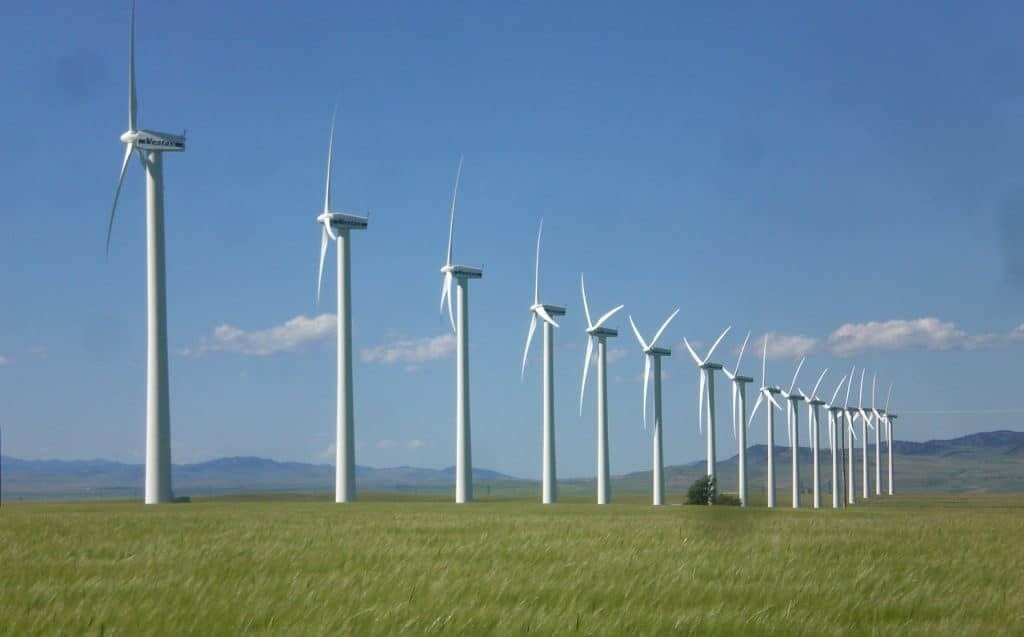
The energy industry is now looking to the private sector as a financial, source in order to develop, according to the World Bank
In 2018, the Vietnamese renewable power sector fared well, with solar and wind ventures being registered and starting construction. This was helped along by a big push in incentives via government policy in a bid to spur development in one of the most promising sectors, which remains largely untapped.
According to the latest report of state-owned Electricity of Vietnam (EVN), 332 solar projects registered to the power master plan with a capital of 22,300 megawatts (MW), in which 121 projects have been approved with 6,000MW before June 2019. Meanwhile, wind projects had been approved with 4,000MW registered.
“The developments in both wind and solar power show Vietnam’s efforts to meet the targets set in the Revised Power Development Master Plan VII to produce 10.7 percent of its electricity from renewable sources by 2030, as well as reflect positively the recent government policy for renewable energy,” said Tran Viet Anh, director of EVN’s Strategy Department at the Vietnam Power Summit 2019 last week.
The big incentives include Decision No.11/2017/QD-TTg on encouraging the development of solar power projects that set feed-in-tariffs (FiTs) for solar projects at 9.35 US cents; Decision No.39/2018/QD-TTg to revise mechanisms supporting the development of wind power projects; and Resolution No.115/NQ-CP, extending the application of an FiT of 9.35 US cents for solar power projects in the south-central province of Ninh Thuan by a year.
Renewable energy investment professional Andrew Affleck said, “Vietnam is in the midst of a solar rush, and is now watching the wind rush start.” He added the Vietnamese wind market did not take off after the government first released incentives for projects in 2011 because many ventures had been postponed as regulated prices were below production costs.
How many of these registered projects will come back to life remains a question as currently, power projects are facing bottlenecks, especially in power purchase agreements (PPAs) playing an important role by providing the basic framework for investment within the sector. Meanwhile, the country’s electricity demand is expected to see an increase of more than 10 percent per annum in the coming years due to the rising population and accelerating economic growth.
Southern Vietnam, the country’s largest economic hub which includes Ho Chi Minh City, faces a particularly critical situation with the current imbalance between the existing supply and the increasing demand for electricity. There is, therefore, an urgent need for the development of power generation infrastructure in the region.
Deputy Minister of Industry and Trade Dang Hoang An stressed at a recent forum that Vietnam has and will continue paying due heed to these measures in the future to achieve its targets of energy security and sustainable development.
In the revised Power Master Plan VII, Vietnam is poised to require $148 billion worth of investment in generation and distribution capacity through to 2030, as the country needs to boost its installed capacity to 61 gigawatts (GW), 97GW, and 127.7GW by 2020, 2025, and 2030, respectively.
“Among the necessary measures, first it should attract investment from the private sector into the energy sector. The question remains is how the private sector can take a more integral part in power sector financing? Previously, only state-owned companies such as EVN, PetroVietnam or Vinacomin made investments into the power sector,” said An.
Getting the deals done
New financial sources, particularly from the private sector, will help Vietnam further develop its energy industry, according to a new World Bank report on maximizing finance for Vietnam’s energy development.
Tran Tuan Phong, a senior partner at law firm Vilaf who has experience in negotiating PPA projects in Vietnam, said that financial arrangement is not an easy task for power projects that require huge capital and that have environmental concerns. Looking back on the progress from the release of bidding documents of BOT Nghi Son 2, it took 10 years for the thermal power project to complete all procedures to reach financial closure.
In renewable energy, despite high FiT and investment incentives, only a few projects have made it to construction stage and are in operation so far. Meanwhile, the majority of renewable energy projects in Vietnam are still at the pre-investment stage due to many issues arising from approval, financing, and PPA to implementation. Renewable energy developers have encountered many challenges in getting projects to the operations phase, including the questionable bankability of the PPA, the lack of credit rating of the off-taker, and the operational risks that the project faces.
Lack of comprehensive information is one of the greatest challenges for investors and developers to maneuver renewable opportunities. Even though information about projects in Vietnam has been floating around the market, there is no clear information on the number of projects, development status, and other factors, creating confusion and uncertainty for investors, developers, and other stakeholders.
“The project developer is responsible for grid connection costs and risks. However, the PPA does not factor in project capacity, distance from existing transmission lines, and higher costs of installing transmission lines over long distances,” noted the Vietnam Business Forum’s (VBF) Energy Sub-Working Group.
The VBF previously said that quality and sources of data for renewable energy sub-sectors have to improve to ensure clarity for investors about available locations, infrastructure capabilities, and governmental targets. As the renewable energy sector picks up the pace in the coming decade, the government should continue to focus on developing human resources capabilities.
The VBF went on to say that supporting industries play a crucial role in the development and quicker adoption of renewable energy technologies. The government should promote domestic companies through capital subsidy and incentives, such as tax breaks and preferential loans. A competitive supporting industry would help in reducing the tariff and investment costs for renewable projects, which are cost-intensive.
[content_block id=4039 slug=posts-footer]





